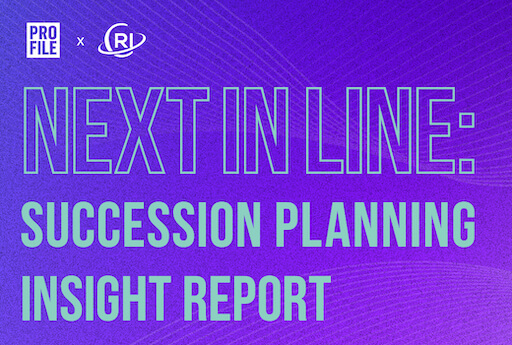|
Getting your Trinity Audio player ready...
|
It’s no secret that the United States is behind the curve on parental leave. Today, just 23 percent of American workers have access to paid family leave—and of those paid leave policies, many only offer partial compensation, or cover a period of just a few weeks.
But in this era of the Great Resignation, working parents have options and they know it. Working moms and dads have left their jobs more often than their nonparent counterparts to search out companies willing to provide them with more support, opportunities, and flexibility.
Many companies have heeded that call for change. In December 2021, Pinterest announced an expansive new slate of benefits for parents of all types and backgrounds. Industry giants like Pfizer, SAIC, Nestle, and the Esteé Lauder Companies have been inspired by theSkimm’s #ShowUsYourLeave campaign to publicly post their family leave policies for all to see.
But more can and should be done, and HR leaders will need to lead the way in that effort. Here are four ways to support and empower working parents while establishing your company as a leader in parental leave policies.
1. Institute a “Ramp-Back” Period
Becoming a parent isn’t always easy. Sleep deprivation, post-partum depression, difficulties with breast-feeding, and other challenges lead to a lot of stress, particularly for moms. Returning to work full-time while those challenges are still ongoing can therefore be daunting.
“I think a lot of people underestimate the impact and difficulty of returning to work following parental leave—it’s not always as simple as jumping straight back in,” says Nikki Salenetri, vice president of HR at Gympass. “Companies should help with the transition as much as possible, through initiatives such as a ramp-back period. The ramp-back is intended to ease the transition process, for example allowing 50 percent working hours for 100 percent pay for an initial two-week period when a parent returns. Something as simple as that can enable parents to get their feet back under them before diving into the deep end of office life.”
2. Rethink Your Definition of Parenthood
Pinterest’s parental leave policies are notable for many reasons. They offer generous parental leave for birthing and adoptive parents, paid time off for parents whose newborns are in the NICU, monetary assistance for adoptive parents, and many other forms of support. But one of the standout benefits for Christine Deputy, Pinterest’s chief people officer, is the four weeks of paid leave that the company provides to parents who have experienced a miscarriage.
“At Pinterest, we believe in providing flexible benefits for all forms of parenthood, and that caregiving is a fundamental philosophy every company has a responsibility to honor,” she explains. “We are proud to offer twenty-plus weeks of parental leave, and four weeks of bereavement leave following pregnancy loss to all our employees, and hope to see the impact of those policies ripple through other industries.”
3. Make Sure Time Off Is Actually Time Off
When a parent is in the hospital with their newborn, or at home adjusting to life with their new child, they shouldn’t be getting calls about work.
“When I had my now young adult son, I took off just eight weeks—and actually worked from home through part of that,” says Granite Group’s Chief People Officer Tracie Sponenberg. “I returned to work too early because I needed a salary, and that was the only time available to me. Now that I am in a position to impact change, I do what I can to support new parents inside and outside our company.”
4. Continue Adjusting and Adapting to Parents’ Needs
Like all benefits, parental leave policies are ever-changing. Even the most impactful leave policy should be revisited from time to time to ensure it still meets the needs of working parents.
“With workforce expectations and the future of work rapidly changing, employers will need to adjust their traditional approach and find new ways for work to support what’s happening in the rest of their employees’ lives,” says Samanntha DuBridge, vice president of global benefits, culture and engagement, HR mergers and acquisitions, and employee benefits at Hewlett Packard Enterprise. “The best talent will want work to fit their life, not vice versa.”
Deputy concurs. “It’s important that we create a safe and nourishing space for our Pinners and that we hold ourselves to that benchmark as an employer. We hope this demonstrates that we are paying attention to and evolving with the changing needs of our workforce and that we are attuned to the shifting family and caregiving dynamics,” she says. “At the end of the day, it’s our duty to ensure our employees feel heard, and that they know someone is advocating on their behalf on the corporate level.”















